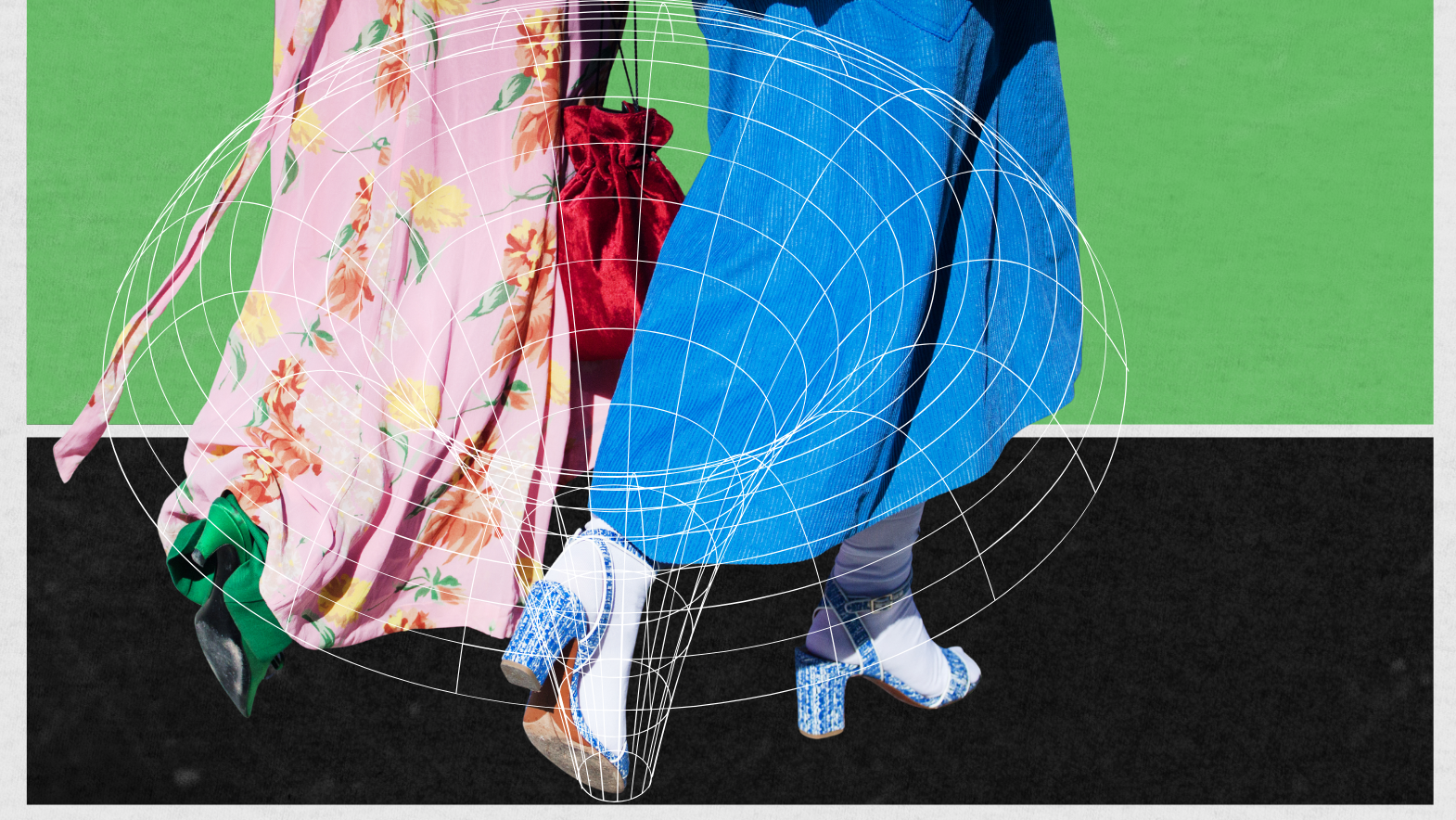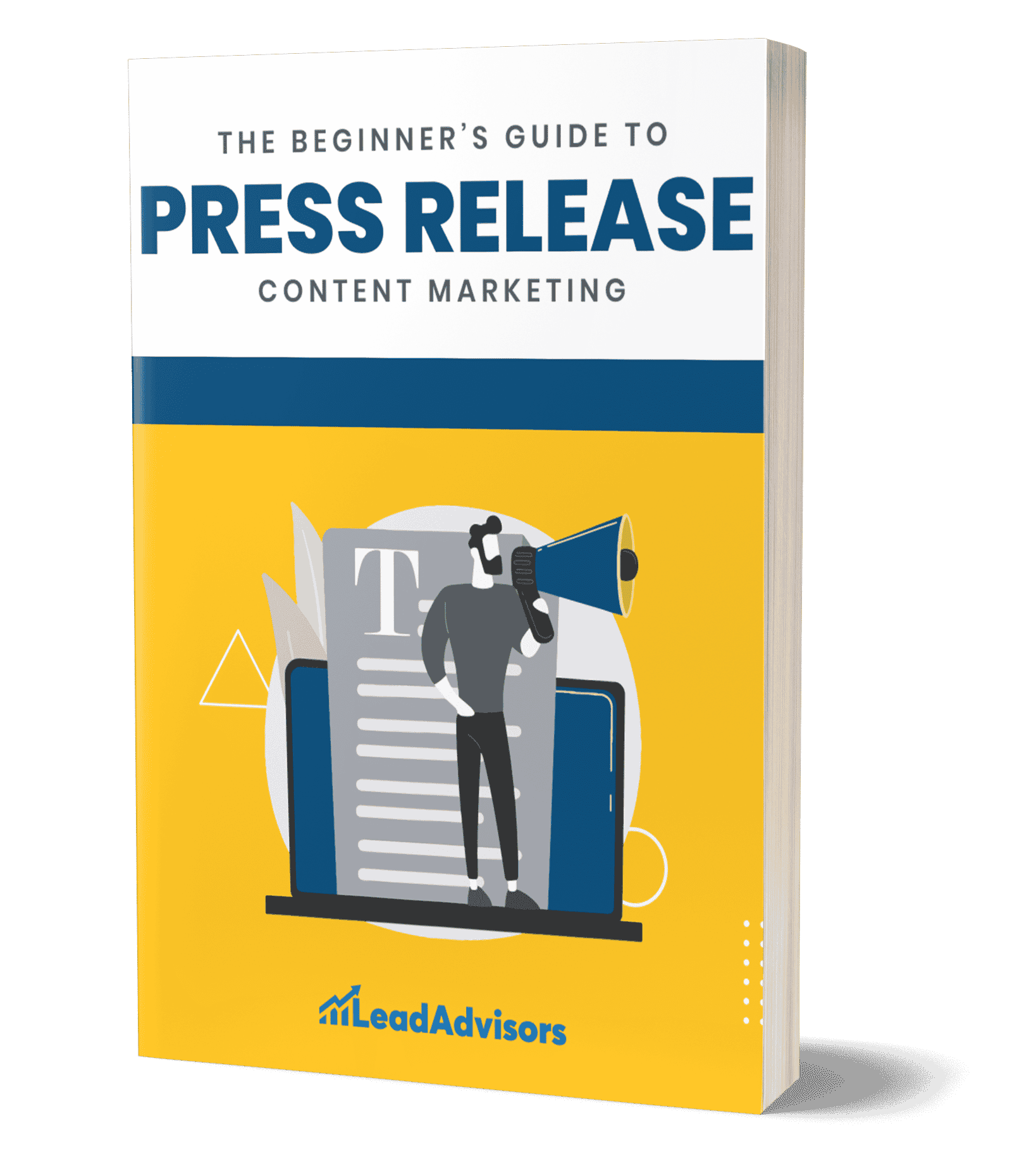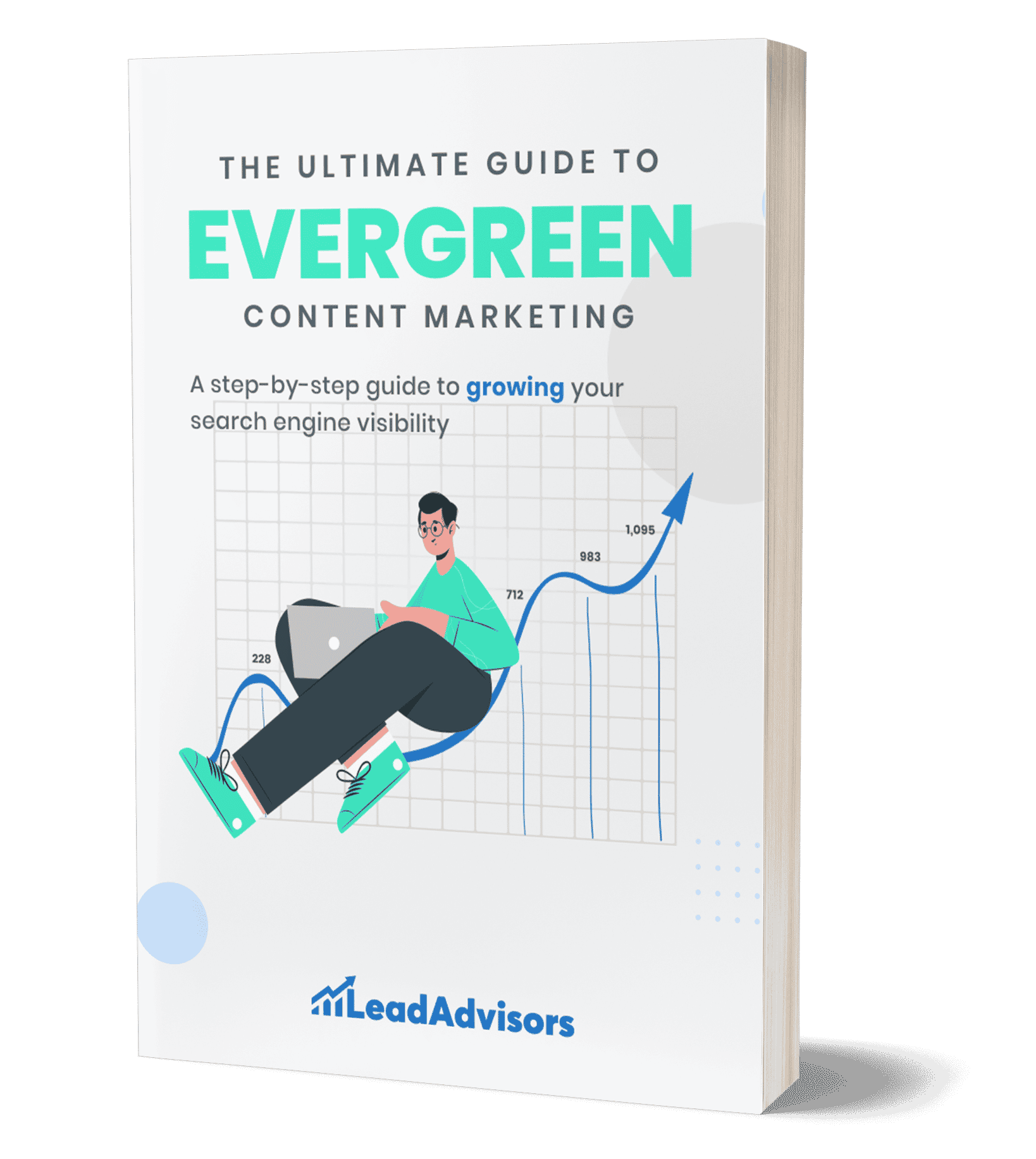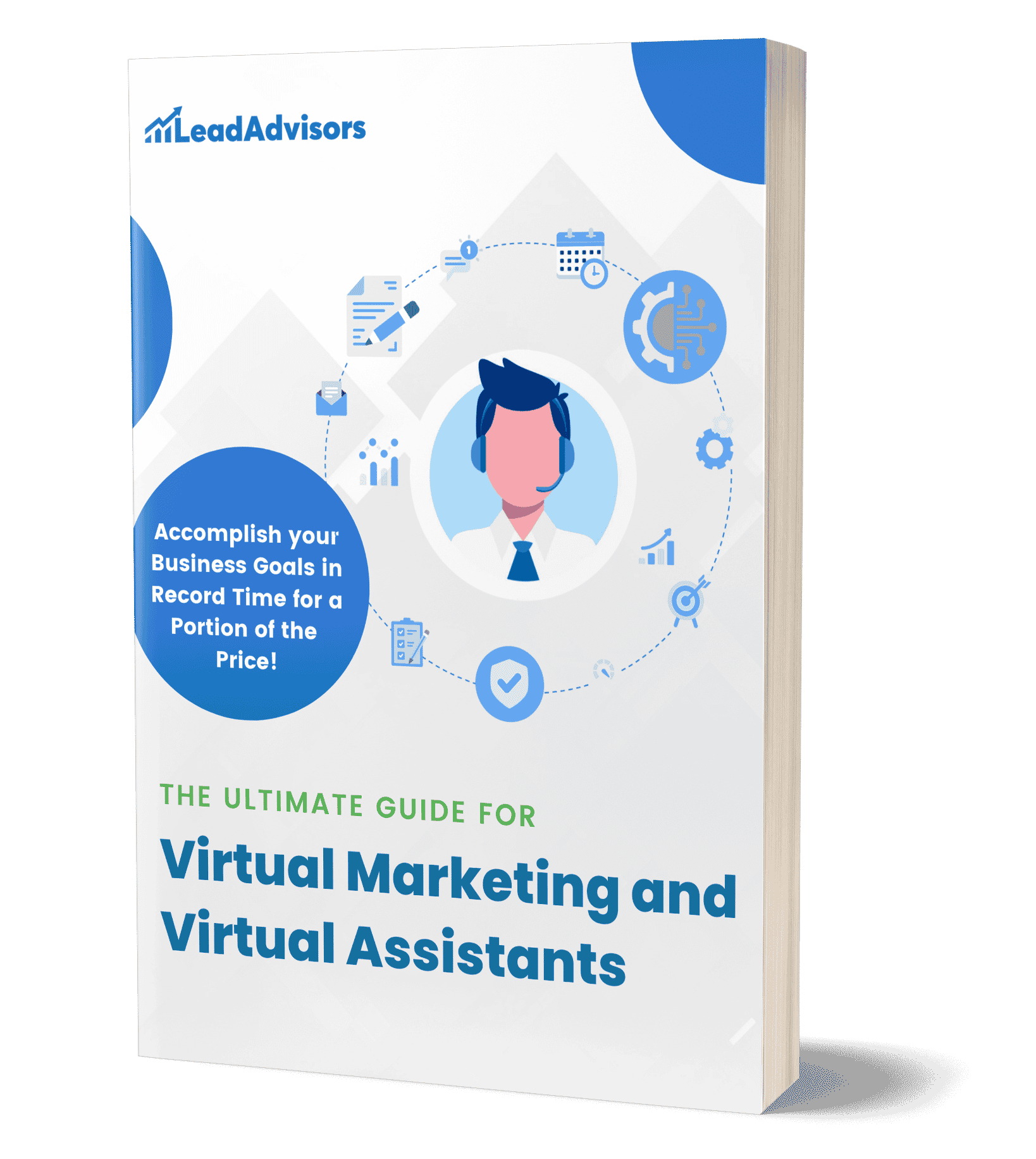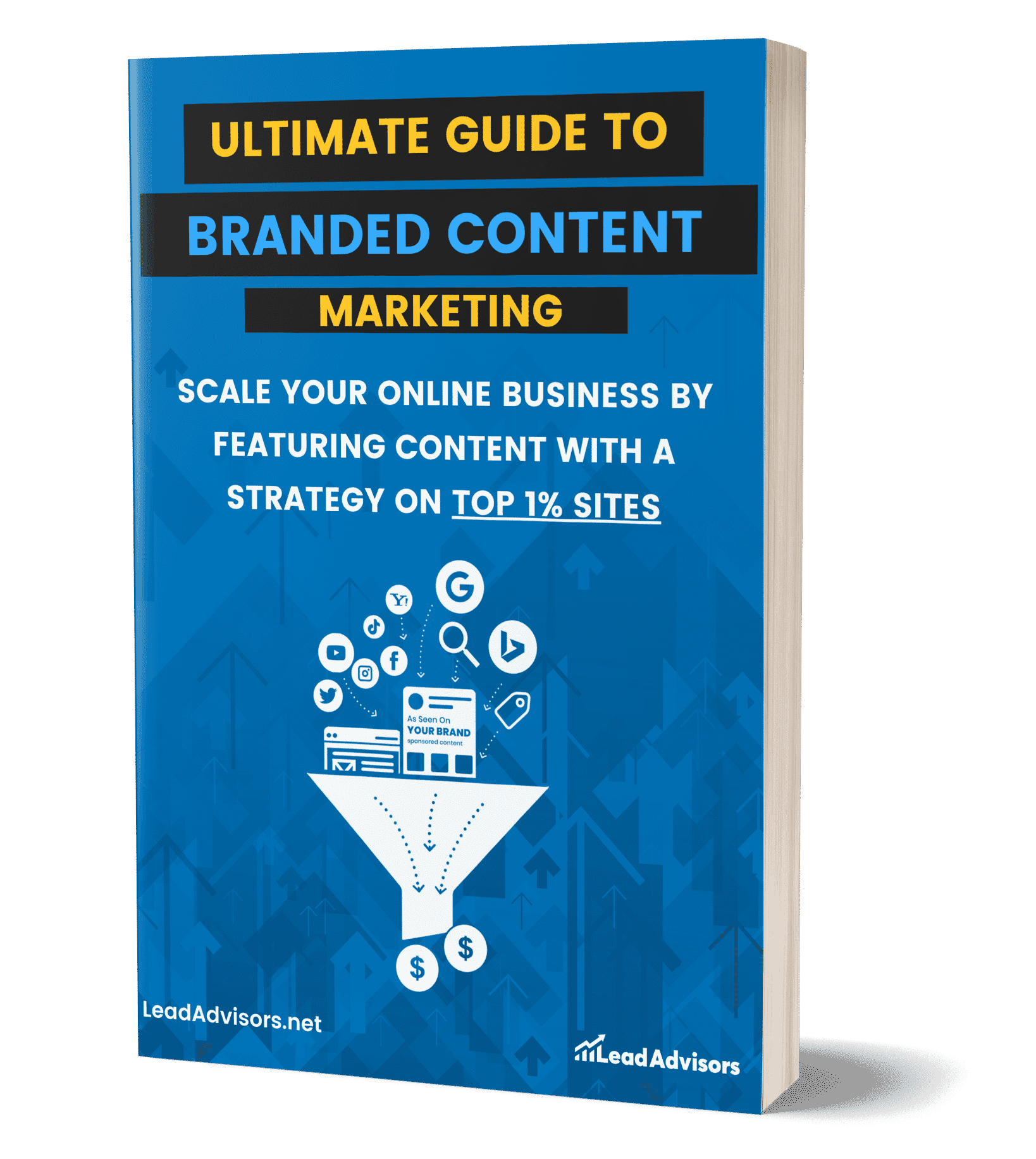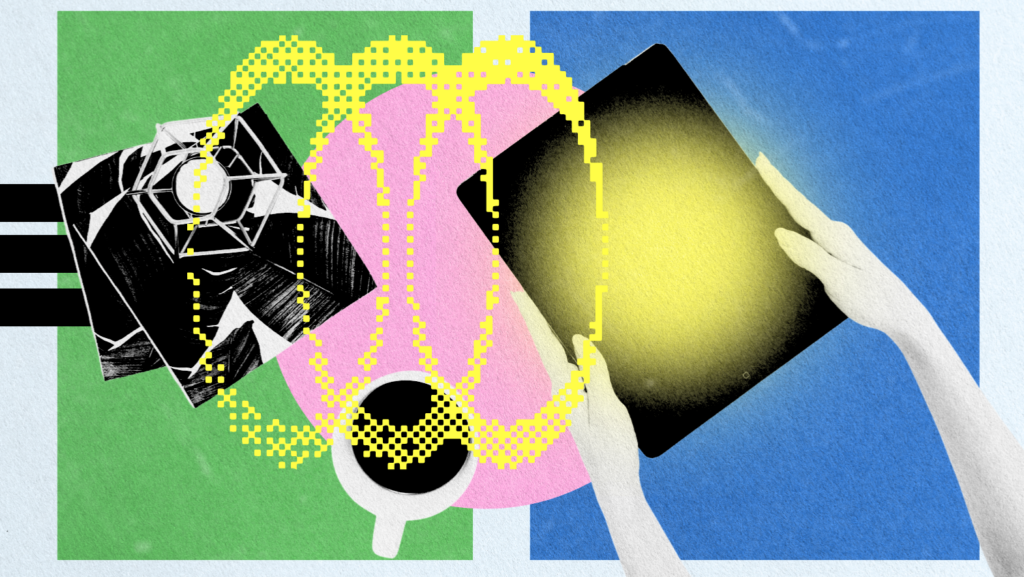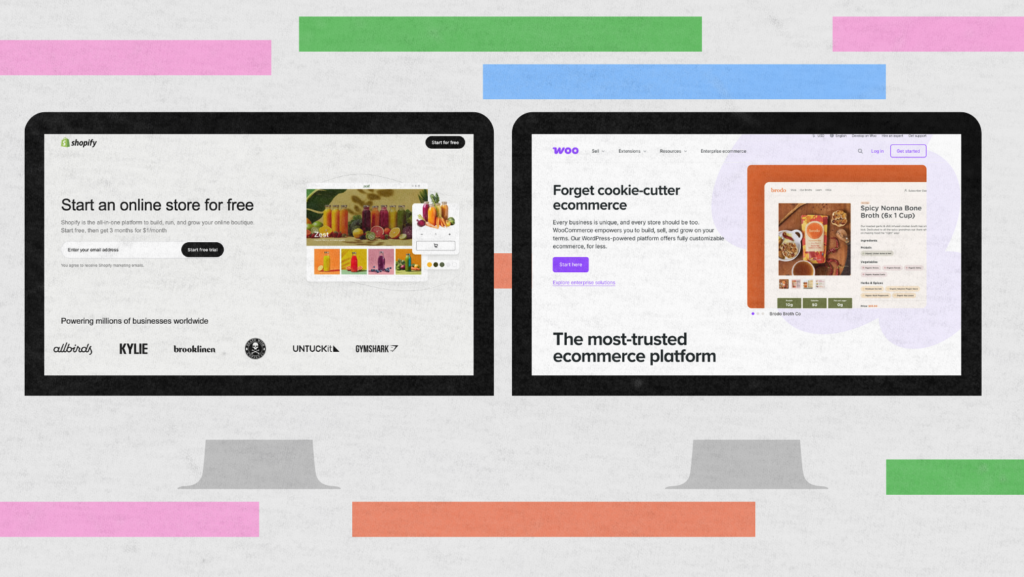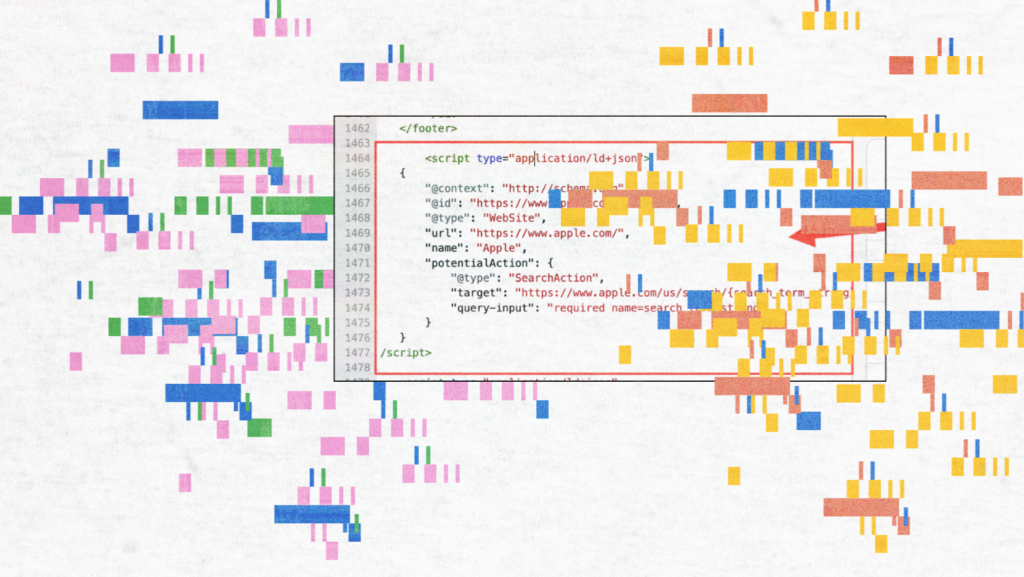Fashion marketing makes you feel connected to a brand; it’s never by chance. From campaign colors to collection stories, every detail is crafted to reach the right audience.
In a world where trends fade overnight, this strategy helps brands stand out and sell. Whether luxury or boutique, skilled marketers turn clothes into culture, using creativity, consumer insight, and market intelligence to build lasting desire.
In this post, we’ll explore what makes fashion marketing effective, why it matters, and how top campaigns blend storytelling with sales.
What Is Fashion Marketing?
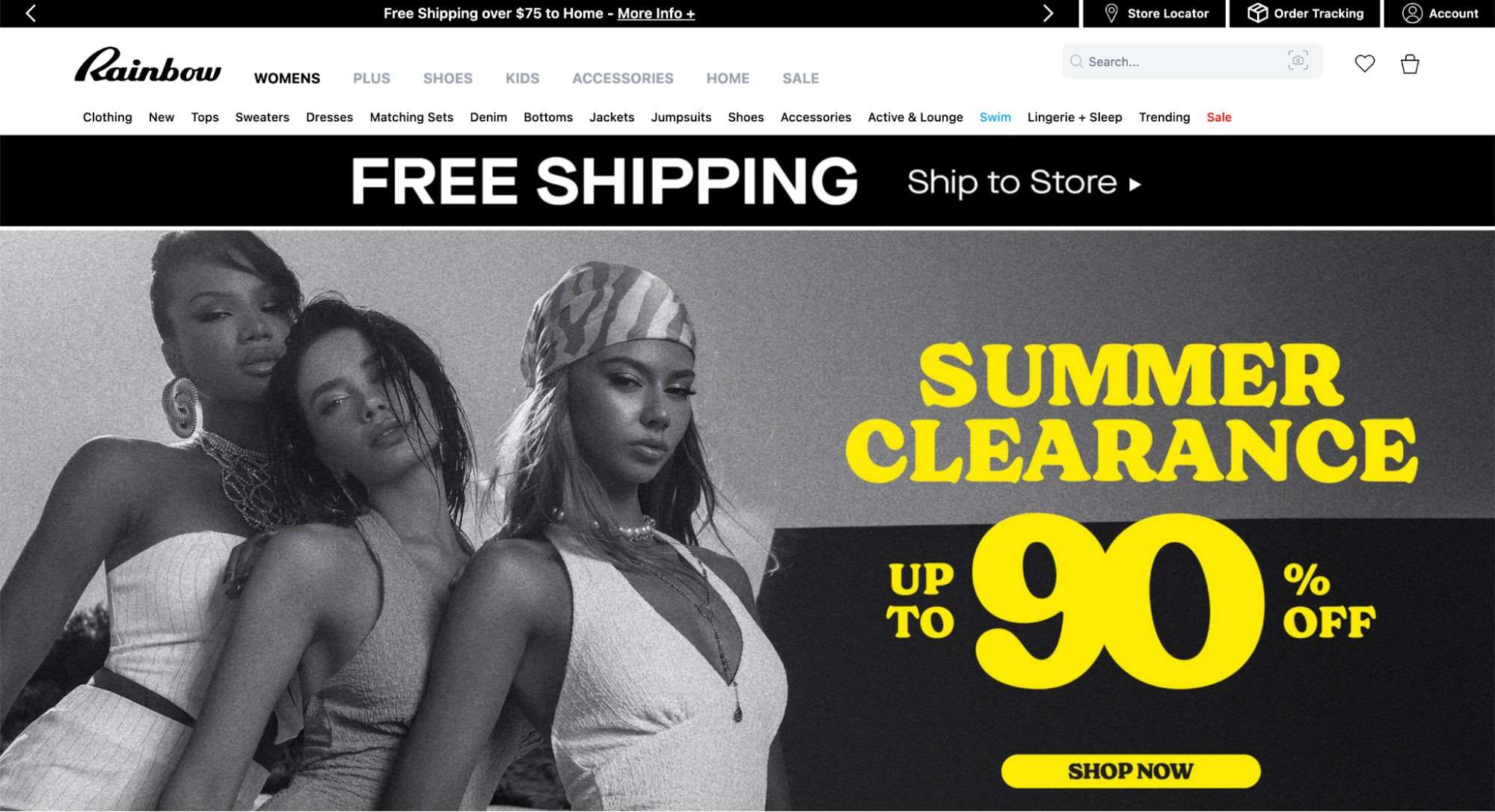
Fashion marketing is the engine that drives branded clothes, accessories, and lifestyle into the spotlight. It shapes brand perception and creates campaigns that sell by strategically and creatively engaging customers.
In this role, you’re not just selling clothing but a story, feeling, and lifestyle. That requires strong marketing skills and a deep grasp of consumer behavior. Great marketers analyze data, forecast trends, and craft content people share.
A fashion marketer may handle:
- Market research to define the target audience
- Campaigns across social media, email, and eCommerce
- Collaboration with design and PR for consistent messaging
- Tracking engagement, conversions, and ROI
Fashion marketing blends creativity with intuition. Whether launching a new product or boosting seasonal sales, the goal is simple: connect, engage, and sell – making it a core driver of fashion businesses today.
How Fashion Marketing Builds Brand Desire

Desire isn’t accidental – it’s designed. Fashion marketers shape campaigns, posts, and experiences to spark emotion and turn interest into loyalty.
Brand Storytelling
Consumers want clothes with meaning. Whether honoring sustainability or cultural heritage, stories shape brand identity. Patagonia sells values; Gucci sells legacy and luxury.
Visual Identity & Aesthetics
A brand’s look matters as much as its message. Colors, photography, and design create recognition. When delivered consistently – online, in-store, or on packaging – it sparks instant connection.
Lifestyle Marketing
Fashion sells fantasy. Through influencers, curated content, and aspirational visuals, brands like Nike, Chanel, and Jacquemus market ambition, elegance, and belonging.
Experiential Marketing
Experiences deepen relationships. Fashion shows, pop-ups, and virtual try-ons immerse consumers. Dior’s traveling stores and Fendi’s Metaverse runway created cultural moments, not just product displays.
Together, these strategies build more than sales – they create desire, trust, and lasting brand love.
How Fashion Marketing Drives Sales
Fashion marketing isn’t just about inspiration – it’s about sales. The best campaigns don’t just look good; they convert. In a fast-changing world, moving beyond eye-catching ads requires a strategy built to drive results.
Omnichannel Campaigns
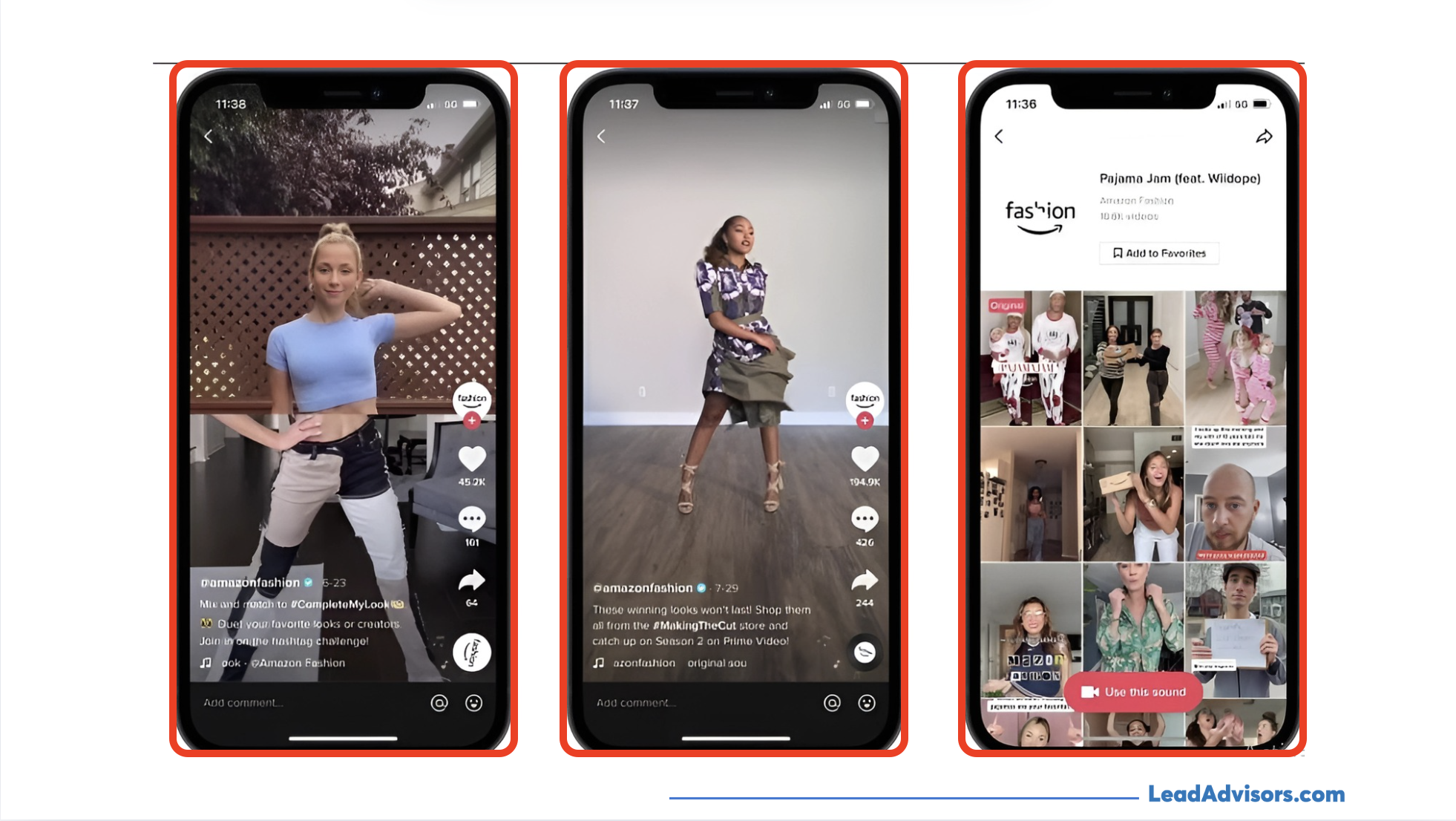
Modern brands reach customers across platforms – TikTok, email, magazines, and in-store displays – with a unified message. This type of omnichannel campaign ensures visibility at every stage of the decision-making process.
Examples include:
- TikTok teasers with influencer collaborations
- Follow-up emails with exclusive offers
- SEO-optimized product pages
- In-store visuals that mirror online branding
Each touchpoint builds trust and boosts conversions.
Performance Tracking
Creativity meets data. Using GA4, Meta Ads Manager, and CRM dashboards, marketers track performance in real time. Key KPIs include:
- Click-through rates (CTR)
- Conversion rates
- Customer acquisition cost (CAC)
- Lifetime value (LTV)
These insights guide budget shifts, targeting improvements, and campaign optimization.
Trend Forecasting
Trend forecasting isn’t just for designers – it’s vital for marketers. Staying ahead lets brands launch timely campaigns and remain relevant. Marketers monitor:
- Seasonal fashion calendars
- Cultural events
- Influencer buzz
Brands that ride trends, rather than chase them, gain a clear edge.
Customer Journey Mapping
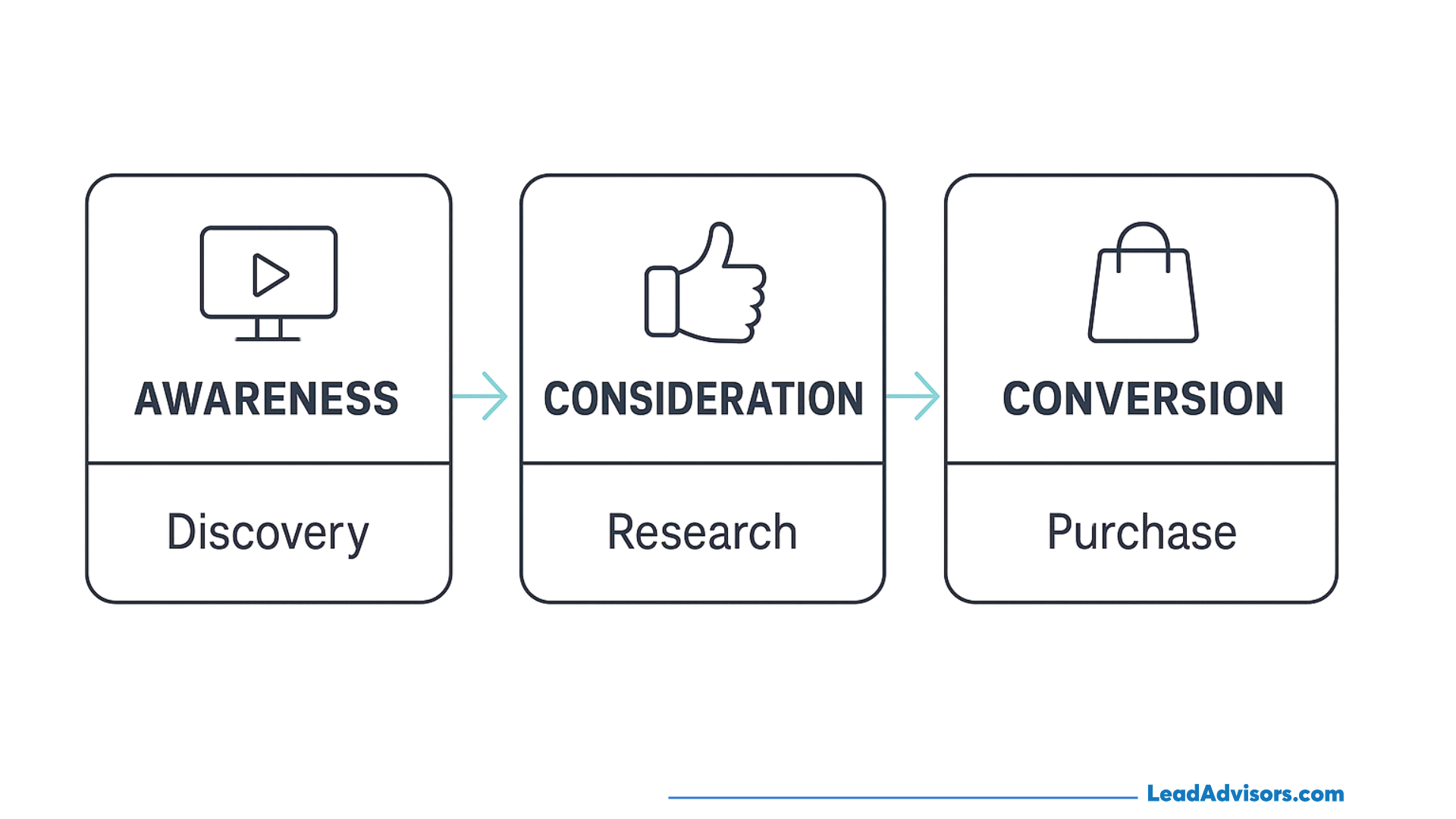
Marketers guide shoppers from discovery to purchase. It starts with awareness (viral posts, blog articles), moves to consideration (reviews, lookbooks), and ends with conversion (checkout, app, or shoppable post). Effective journey mapping helps:
- Create content for each stage
- Remove friction points
- Personalize experiences
When done right, the process feels natural – not pushy – and makes sales a seamless result.
Fashion Marketing vs. Fashion Merchandising vs. Fashion Management
If you’re pursuing a fashion career, it’s crucial to know how marketing, merchandising, and management differ. While they often overlap, each focuses on a distinct area of the business.
| Category | Fashion Marketing | Fashion Merchandising | Fashion Management |
| Main Focus | Promotion, branding, storytelling | Product selection, inventory, and visual presentation | Business operations, leadership, retail strategy |
| Goal | Build brand identity, engage consumers, drive sales | Choose, style, and stock the right products | Ensure profitability and long-term growth |
| Key Activities | Campaigns, social media, influencer marketing, market research, trend forecasting | Visual merchandising, buying, and planning | Budgeting, operations, team leadership, cross-department strategy |
| Work Environment | Marketing teams, digital channels, creative departments | Buying offices, retail floors, and product teams | Corporate offices, store leadership, logistics |
| Skills Needed | Creativity, analytics, digital tools (GA4, Meta Ads, Shopify) | Trend awareness, detail focus, data analysis | Leadership, decision-making, collaboration |
| Typical Job Titles | Marketing Manager, Brand Strategist, Social Media Coordinator | Visual Merchandiser, Fashion Buyer, Merchandising Analyst | Retail Manager, Operations Manager, Business Director |
All three roles are vital, but if you want to shape consumer perception and brand storytelling, fashion marketing is the clear path.
Key Fashion Marketing Channels
Fashion marketing thrives across multiple touchpoints. The best marketers show up wherever their audience scrolls, clicks, or shops. Choosing the right mix of channels is essential for building visibility, trust, and sales.
Social Media Marketing
Platforms like TikTok, Instagram, and Pinterest power fashion communication:
- TikTok → trends, challenges, and fast-paced virality
- Instagram → storytelling, curated aesthetics, product tagging
- Pinterest → evergreen style inspiration and seasonal discovery
Success comes from tailoring content to each platform and engaging consistently with core audiences.
Influencer & Affiliate Marketing

Influencer marketing drives visibility and trust, from nano-creators to celebrities. Unlike traditional ads, these partnerships feel organic. Affiliate marketing goes further – creators earn commissions on sales, motivating them to drive conversions.
Email & SMS Marketing
Email and SMS remain direct, high-converting channels. They power personalized product drops, flash sales, and editorial updates. Integrated with tools like Klaviyo or Mailchimp, they strengthen customer relationships and retention.
SEO & Organic Content
SEO ensures fashion content reaches shoppers searching for style tips and product ideas. Optimized blogs, product pages, and guides attract long-term, high-intent traffic.
Affiliate Editorial Reviews in Fashion Marketing
Third-party editorial content builds authority and conversions while supporting SEO. Formats include:
- Brand Editorials → storytelling and awareness
- Product Reviews → detailed item analysis.
- Evergreen Guides → trend or seasonal advice
- Best-Of Lists → competitive positioning
- Gift Guides → holiday and event-driven sales.
These pieces build trust, drive organic traffic, and move shoppers smoothly toward purchase.
Event Marketing
Fashion shows, pop-ups, and brand collaborations (Balmain x Barbie, SKIMS at NYFW) deliver immersive experiences that spark buzz and content. These moments extend beyond the event itself, shaping brand identity and consumer loyalty.
Fashion marketers who master these channels raise awareness and drive traffic, loyalty, and measurable sales.
Essential Skills for a Fashion Marketer
Fashion brand management blends creativity with strategy. To succeed in this competitive field, you need more than passion – you need adaptable skills that evolve with trends and technology.
Creative Thinking
Creativity drives fashion marketing. From styling shoots to brand storytelling, marketers turn ideas into visuals and copy that resonate with consumers. Trend awareness and translating it into campaigns are key.
Strategic Mindset
Every decision must support brand goals and revenue. This means knowing your target market, positioning products effectively, and aligning campaigns with industry timing.
Technical Skills
Modern marketers must be digitally fluent, using tools such as:
- Google Analytics (GA4) for web performance
- Shopify for eCommerce
- Klaviyo/Mailchimp for email campaigns
- Meta Ads Manager for paid ads
Hands-on experience ensures versatility across teams.
Analytical Skills
Data must back creativity. Marketers track performance, run A/B tests, and optimize strategies to improve ROI. Consumer insights turn numbers into more innovative campaigns.
Interpersonal & Collaborative Skills
Fashion marketing is team-driven. From design and buying to PR and customer service, success depends on clear communication and strong interpersonal skills.
These combined skills secure a role, drive career growth, and have a lasting impact in the fashion industry.
Fashion Marketing Career Paths
Fashion marketing offers a wide range of roles for newcomers and seasoned professionals alike. Each position has its focus, skills, and impact on the industry.
Common Roles
- Fashion Marketing Manager → Oversees brand marketing strategy, team management, and campaign performance.
- Brand Strategist → Shapes long-term brand identity, positioning, and messaging alignment.
- Social Media Coordinator → Handles daily posting, content creation, and audience engagement.
- Fashion Publicist → Runs PR campaigns, media relations, and influencer initiatives.
- Content/Creative Director → Sets creative direction for visuals, campaigns, and storytelling.
- Market Research Analyst → Analyzes trends, consumer behavior, and campaign results.
Salary Expectations
Earnings vary by role, experience, and location:
- Entry-level (Social Media Coordinator, Assistant): $40K–$55K (US) / £25K–£32K (UK)
- Mid-level (Marketing Manager, Publicist): $60K–$85K (US) / £35K–£55K (UK)
- Senior (Brand Strategist, Creative Director): $90K–$140K+ (US) / £60K+ (UK)
Freelance and agency roles can provide flexible income, depending on niche and client base.
In-Demand Specialties
The fastest-growing areas in fashion marketing include:
- Digital Marketing → Paid ads, SEO, and analytics
- Influencer Strategy → Managing collaborations, affiliates, and UGC campaigns
- Ecommerce Growth → Funnel optimization, CRO, and direct-to-consumer (DTC) sales
With the right mix of skills and passion, fashion marketing offers a dynamic and rewarding career path.
How to Get Started in Fashion Marketing
Breaking into fashion marketing doesn’t require a perfect résumé, but it does demand curiosity, initiative, and fast learning. Whether pivoting from another industry or starting fresh, these steps help build a solid foundation.
Education & Courses
Many professionals begin with degrees in marketing, communications, or fashion business. If you’re pivoting, online certifications can fill skill gaps. Recommended platforms:
- Google Digital Garage → digital marketing & analytics
- Meta Blueprint → social advertising
- HubSpot Academy → content & email marketing
- LinkedIn Learning / Coursera → fashion marketing courses
These resources help you speak the industry’s language and boost job applications.
Internships & Practical Experience
Hands-on work is the fastest teacher. Interning at a fashion brand, an ecommerce startup, or an agency exposes you to campaigns, trend cycles, and collaboration. Even small gigs – like helping a local clothing line with social media or blogging for a boutique – show initiative and build credibility.
Personal Branding
To prove you belong in fashion marketing, market yourself. Strong personal branding highlights creativity, voice, and industry knowledge. Ideas include:
- Starting a fashion blog or Substack
- Building an Instagram portfolio of styled content or critiques
- Sharing insights or case studies on LinkedIn
Great marketers don’t just create content – they capture attention.
Tools to Learn
Digital-first fashion marketing requires digital fluency. Key tools include:
- Canva / Adobe Creative Suite → visuals & design
- Shopify → ecommerce operations.
- Klaviyo / Mailchimp → email marketing workflows
- Google Analytics 4 → performance tracking
- Hootsuite / Later → social scheduling & reporting
- SEMrush / Moz / Ubersuggest → SEO & keyword planning
Mastering these tools builds confidence and sets you apart in competitive marketing teams.
Current & Future Trends in Fashion Marketing
Fashion marketing evolves quickly. The strongest marketers don’t just keep up – they lead the conversation. Here are the shifts shaping the industry now and ahead:
- AI & Personalization
AI marketing powers smarter shopping with tailored recommendations, predictive analytics, and automated email flows – anticipating consumer needs before they search. - Sustainability Messaging
Consumers value ethics and sustainability. Transparent stories about sourcing, slow fashion, and waste reduction resonate with conscious shoppers and strengthen brand trust. - Virtual Try-Ons & AR
AR bridges online and offline retail. Virtual try-ons boost confidence, reduce returns, and add interactive fun to ecommerce experiences. - Gen Z & TikTok-Native Content
Gen Z prefers unfiltered, authentic storytelling. Brands win loyalty by leaning into TikTok trends, behind-the-scenes moments, and humor-driven clips. - Direct-to-Consumer (DTC) Evolution
Direct-to-consumer is shifting from pure sales to long-term relationships. Loyalty programs, SMS strategies, and post-purchase personalization now define DTC success. - Micro-Community Building
Instead of a broad reach, brands cultivate niche communities online and in real life. These “small constellations” build authenticity and a deeper consumer connection.
These aren’t passing trends – they’re reshaping fashion marketing. The future belongs to brands that experiment, listen, and use technology to tell smarter, more personal stories.
Frequently Asked Questions
What’s the difference between fashion marketing and traditional marketing?
Do you need to have a background in fashion to work in fashion marketing?
How long does it take to build a strong fashion brand using marketing?
What are some common mistakes in fashion marketing?
How do fashion brands measure the success of their marketing campaigns?
Conclusion
Fashion marketing is more than ads and visuals – it’s the blend of storytelling, strategy, and data that builds identity, sparks emotion, and drives sales. Whether you’re shaping a career or refining a brand strategy, success lies in turning desire into action.
From social platforms to DTC channels, marketers define how we discover and buy fashion. The takeaway: fashion begins with style, but it grows with smart marketing. In a fast-moving industry, the curious, creative, and data-driven will always stand out.

